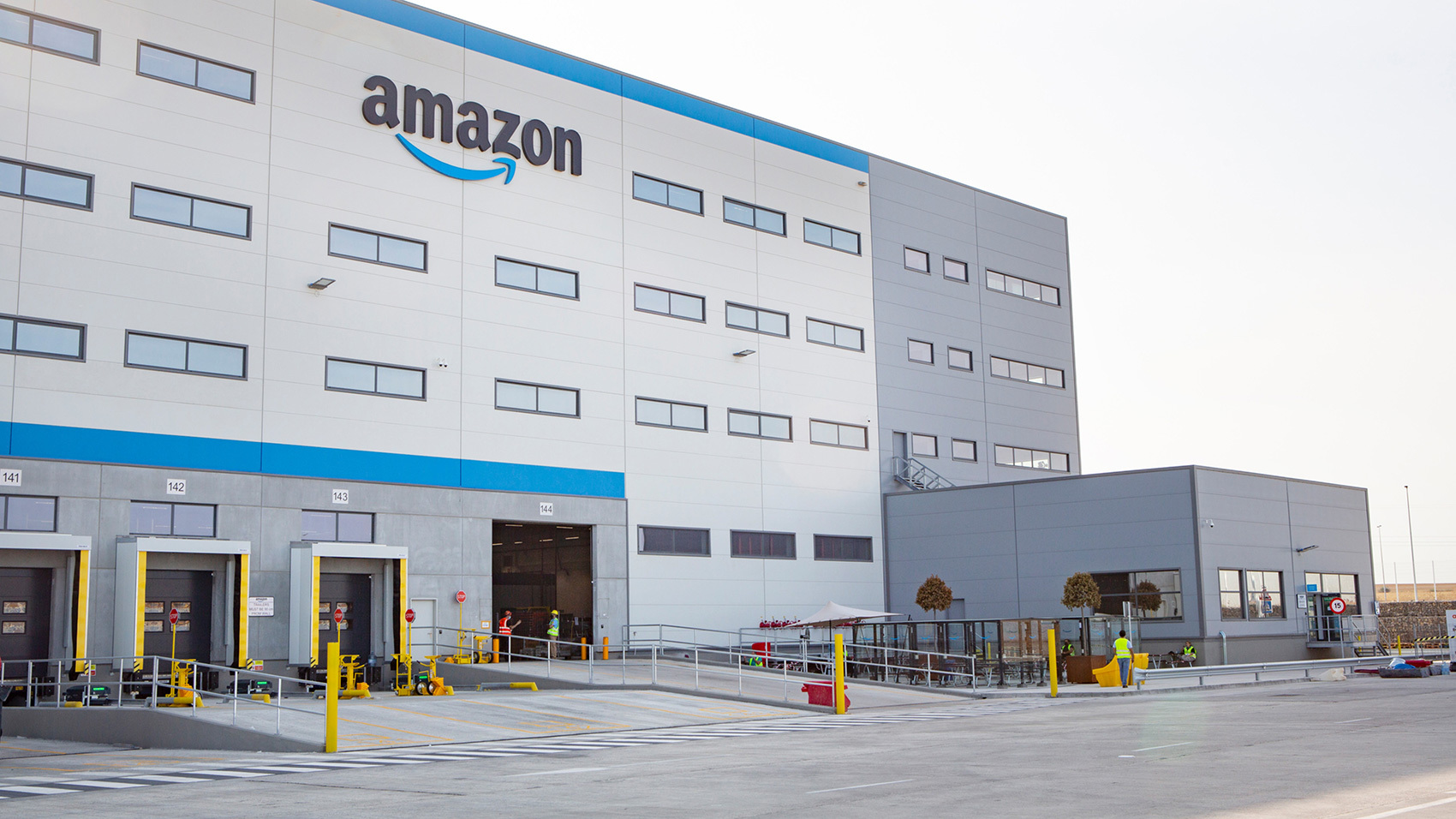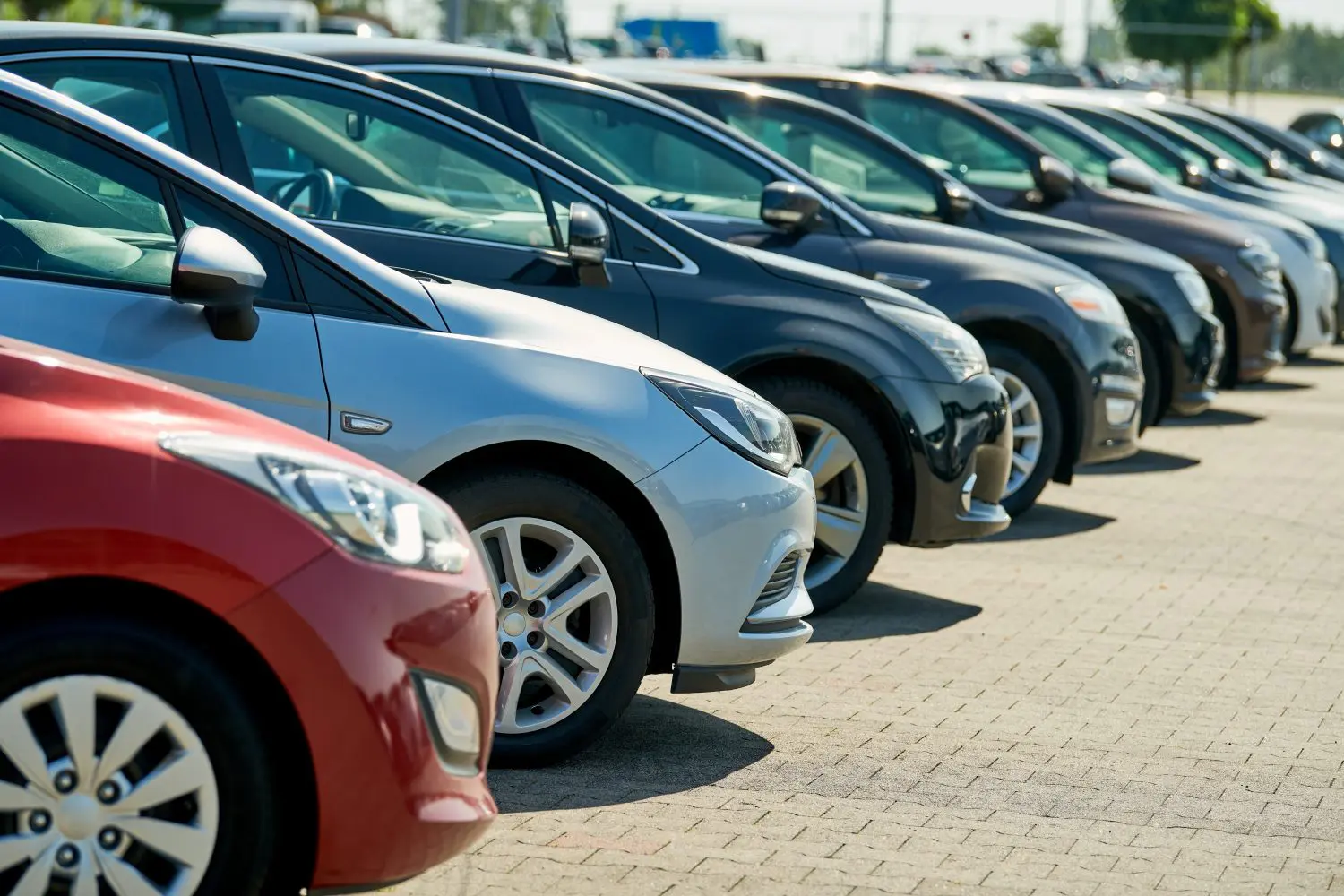Chains?
Hyper-personalization refers to the use of real-time data, predictive analytics, and AI-driven insights to customize supply chain processes to meet unique customer needs. Unlike standard personalization, which may use broad segmentation, hyper-personalization leverages granular data points such as buying history, location, preferences, and behavior patterns to create a seamless and responsive supply chain experience.
Key Technologies Driving Hyper-Personalization
- Artificial Intelligence (AI) & Machine Learning
- AI-driven demand forecasting helps predict customer needs with high accuracy.
- Machine learning algorithms analyze buying patterns and preferences to tailor inventory management and distribution strategies.
- Big Data & Predictive Analytics
- Large-scale data collection from multiple touchpoints enables businesses to understand customer behaviors in real-time.
- Predictive analytics helps anticipate demand fluctuations and streamline supply chain operations.
- Internet of Things (IoT)
- IoT-enabled sensors and tracking systems provide real-time updates on product location and condition.
- Connected devices enhance supply chain visibility, allowing for faster response times to changing customer needs.
- Cloud Computing & Edge Computing
- Cloud-based platforms integrate various data sources for real-time decision-making.
- Edge computing ensures quick data processing at the source, reducing latency in customer-driven decisions.
- Blockchain Technology
- Ensures transparency and security in tracking product journeys.
- Enhances trust between businesses and customers through verifiable and tamper-proof records.
Applications of Hyper-Personalization in Supply Chains
- Dynamic Inventory Management
- AI-driven inventory systems adjust stock levels in real-time based on customer preferences and historical demand.
- Personalized product recommendations influence stock placement in warehouses closer to targeted demographics.
- Real-Time Order Fulfillment & Smart Logistics
- Automated warehouse systems, powered by AI and robotics, ensure efficient order picking and packing.
- Smart logistics solutions adjust delivery routes dynamically based on customer urgency and location data.
- Customized Delivery & Last-Mile Optimization
- Customers can choose preferred delivery windows, locations, and even packaging options.
- AI-powered route optimization ensures faster, more efficient, and cost-effective last-mile delivery.
- Personalized Customer Service & Support
- AI-powered chatbots and virtual assistants provide instant support based on past interactions and purchase history.
- Predictive customer service anticipates potential issues and offers proactive solutions.
- Sustainability & Ethical Sourcing
- Hyper-personalization helps customers select eco-friendly products and sustainable delivery options.
- Blockchain and IoT ensure ethical sourcing transparency, allowing customers to make informed choices.
Benefits of Hyper-Personalization in Supply Chains
- Enhanced Customer Experience: Personalized experiences lead to higher customer satisfaction and brand loyalty.
- Operational Efficiency: AI-driven automation reduces errors, waste, and redundancies in the supply chain.
- Revenue Growth: Data-driven insights help businesses identify upselling and cross-selling opportunities.
- Competitive Advantage: Companies with highly personalized supply chains can differentiate themselves from competitors.
- Sustainability Gains: Reduced waste, optimized inventory, and eco-friendly supply chain options benefit both businesses and the environment.
Challenges in Implementing Hyper-Personalization
- Data Privacy & Security Concerns
- Managing customer data ethically while ensuring compliance with regulations like GDPR and CCPA.
- Integration of Disparate Systems
- Unifying data across multiple platforms to create a seamless customer experience.
- Cost & Infrastructure Investment
- Implementing AI, IoT, and blockchain solutions requires significant investment and technological expertise.
- Managing Customer Expectations
- Balancing personalization with operational feasibility to avoid over-promising and under-delivering.
The Future of Hyper-Personalization in Supply Chains
As technology advances, hyper-personalization will become a standard in supply chain operations. The integration of AI-driven analytics, IoT, and blockchain will create more agile, customer-focused supply chains that respond instantly to changing market demands. Companies that invest in hyper-personalization today will gain a significant edge in delivering superior customer experiences, optimizing costs, and driving long-term business success.
Conclusion
Hyper-personalization is transforming supply chains into dynamic, responsive ecosystems that cater to individual customer needs. By leveraging AI, IoT, big data, and blockchain, businesses can achieve real-time adaptability, boost efficiency, and enhance customer satisfaction. As industries continue to embrace digital transformation, hyper-personalization will be at the forefront of supply chain innovation, setting new benchmarks for excellence.
.png)
.png)







